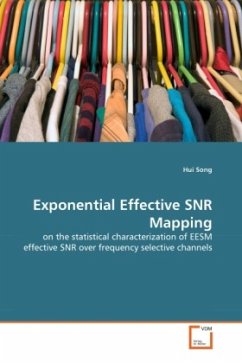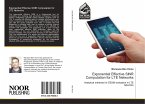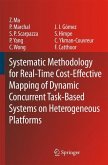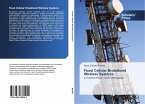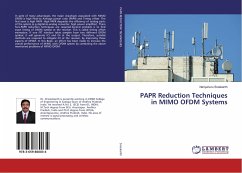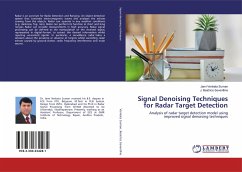OFDMA has been successfully implemented in many wireless communication systems such as LTE, WiMAX and IEEE 802.11n etc. and has also become a promising scheme for the next generation mobile broadband system such as LTE-Advanced. The most widely studied and used Link Error Prediction (LEP) in a OFDMA system is the so called Exponential Effective SNR Mapping (EESM). It has been included in 3GPP and WiMAX forum feasibility studies for both LTE and WiMAX, and has shown to achieve a good performance. In order to facilitate the estimation of the sub- channel performance in a multi-carrier communication system (i.e. a OFDMA system), it is of great importance to investigate the statistical characteristics of sub-channel Link Quality Metrics {LQM} for the Channel State Information (CSI) report over frequency selective fading channels. In this book, the problem of theoretical analysis of the EESM output SNR over frequency selective channels is investigated. The substantial analytical results of the moments and approximation of the EESM effective SNR are derived in this book.

